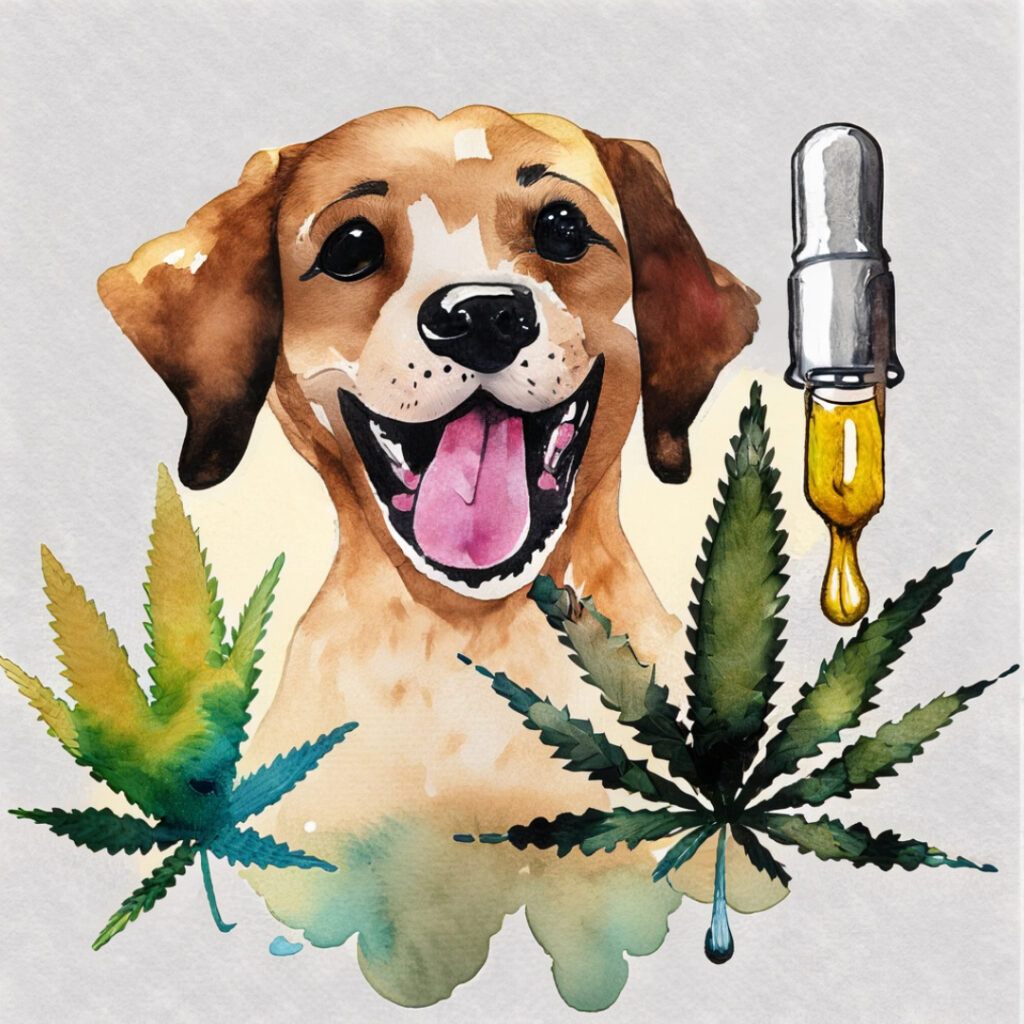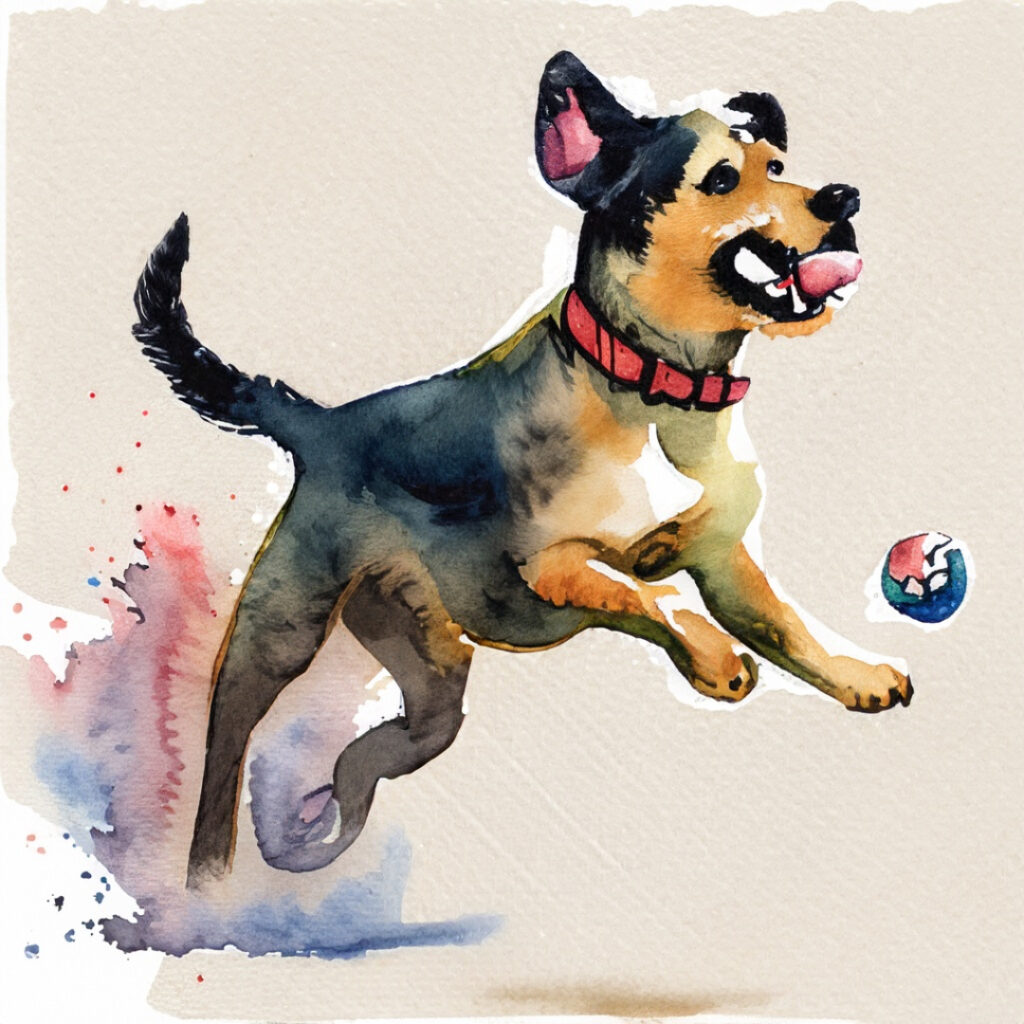
Understanding The Science Behind CBD Extracts
If you’re interested in the world of CBD, you’re not alone. The popularity of this non-psychoactive compound has skyrocketed in recent years,
As a dog owner, there’s nothing more frustrating than having a restless pup who just can’t seem to settle down at night. Whether it’s pacing, barking, or constant panting, a restless dog can be a major disruption to your sleep routine. But fear not, there are plenty of simple and effective ways to calm your furry friend and ensure a peaceful night’s sleep for both you and your pup. In this guide, we’ll explore the top tips and tricks for calming a restless dog, from creating a relaxing bedtime routine to using calming supplements and natural remedies. So say goodbye to sleepless nights and hello to a well-rested and content pup with these helpful strategies for calming your restless dog.
Restlessness in dogs can be caused by a variety of factors, from anxiety and stress to physical discomfort and pain. It’s important to understand the underlying causes of your dog’s restlessness so that you can address the root of the problem. Some common symptoms of restlessness in dogs include pacing, panting, whining, barking, and scratching. If your dog is exhibiting these behaviors regularly, it may be time to take action.
One of the most common causes of restlessness in dogs is anxiety. Dogs can experience anxiety for a variety of reasons, including separation anxiety, fear of loud noises, and social anxiety. If you suspect that your dog’s restlessness is due to anxiety, it’s important to seek professional help to address the underlying issues. A veterinarian or animal behaviorist can help you develop a plan to reduce your dog’s anxiety and promote a sense of calm.
Another common cause of restlessness in dogs is physical discomfort or pain. Dogs who are experiencing pain or discomfort may be restless and unable to settle down. If you suspect that your dog’s restlessness is due to physical discomfort, it’s important to schedule a visit with your veterinarian to rule out any underlying health conditions.
Creating a calm sleeping environment for your dog is essential for promoting restful sleep. Dogs are sensitive to their surroundings, and a noisy or chaotic environment can make it difficult for them to relax and settle down. Consider creating a quiet, peaceful sleeping area for your dog that is free from distractions and noise.
One way to create a calm sleeping environment for your dog is to provide a comfortable bed. Look for a bed that is the right size for your dog and provides plenty of cushioning and support. Some dogs may prefer a bed with raised sides or a canopy to provide a sense of security and comfort.
You can also use calming scents and sounds to promote relaxation in your dog’s sleeping area. Lavender oil, for example, is known for its calming properties and can be diffused in the room or added to your dog’s bed. Soft background music or white noise can also help to drown out distracting sounds and promote relaxation.
Establishing a relaxing bedtime routine for your dog can help to promote restful sleep and reduce restlessness. A consistent routine can signal to your dog that it’s time to wind down and relax for the night. Some tips for creating a relaxing bedtime routine for your dog include:
By establishing a consistent bedtime routine, you can help your dog to transition from wakefulness to sleep more easily and reduce the likelihood of restlessness.

There are a variety of natural remedies that can help to reduce restlessness and anxiety in dogs. These remedies can be used alone or in combination with other treatments, such as medication or behavior modification. Some natural remedies to consider include:
It’s important to speak with your veterinarian before using any natural remedies to ensure that they are safe and appropriate for your dog.
In some cases, chronic restlessness in dogs may require medical treatment. Your veterinarian may prescribe medication to help reduce anxiety and promote relaxation in your dog. Some commonly prescribed medications for restlessness in dogs include:
It’s important to work closely with your veterinarian to determine the appropriate medication and dosage for your dog.

Regular exercise and a healthy diet can play a significant role in promoting restful sleep in dogs. Exercise can help to release excess energy and reduce anxiety, while a healthy diet can provide the necessary nutrients for optimal health and wellness. Some tips for promoting exercise and a healthy diet in your dog include:
By promoting regular exercise and a healthy diet, you can help to promote better sleep and reduce restlessness in your dog.
Behavior modification techniques can be effective in reducing anxiety and promoting relaxation in dogs. Some training techniques to consider include:
By using these training techniques, you can help to reduce anxiety and promote relaxation in your dog.
In addition to providing a calm sleeping environment, it’s important to ensure that your dog’s sleeping space is safe and comfortable. Some tips for creating a safe and comfortable sleep space for your dog include:
By creating a safe and comfortable sleeping space for your dog, you can help to promote restful sleep and reduce restlessness.
In addition to the tips and strategies outlined above, there are a variety of additional tips and tricks for managing restlessness in dogs. Some additional tips to consider include:
By incorporating these additional tips into your routine, you can help to further promote relaxation and reduce restlessness in your dog.
Restlessness in dogs can be a frustrating and disruptive issue for both you and your pup. By understanding the underlying causes of restlessness and implementing the strategies outlined in this guide, you can help to promote relaxation and reduce restlessness in your dog. Whether you choose to use natural remedies, medication, or behavior modification techniques, the most important thing is to ensure that your dog is getting the rest they need to be happy and healthy. With a little patience and persistence, you can help your restless pup get the peaceful night’s sleep they deserve.

If you’re interested in the world of CBD, you’re not alone. The popularity of this non-psychoactive compound has skyrocketed in recent years,

Are you wanting to help your pet feel better but are unsure about the proper CBD dosage for your pet? As a

If you’re a pet owner, you know how much your furry friend means to you. You want the very best for them